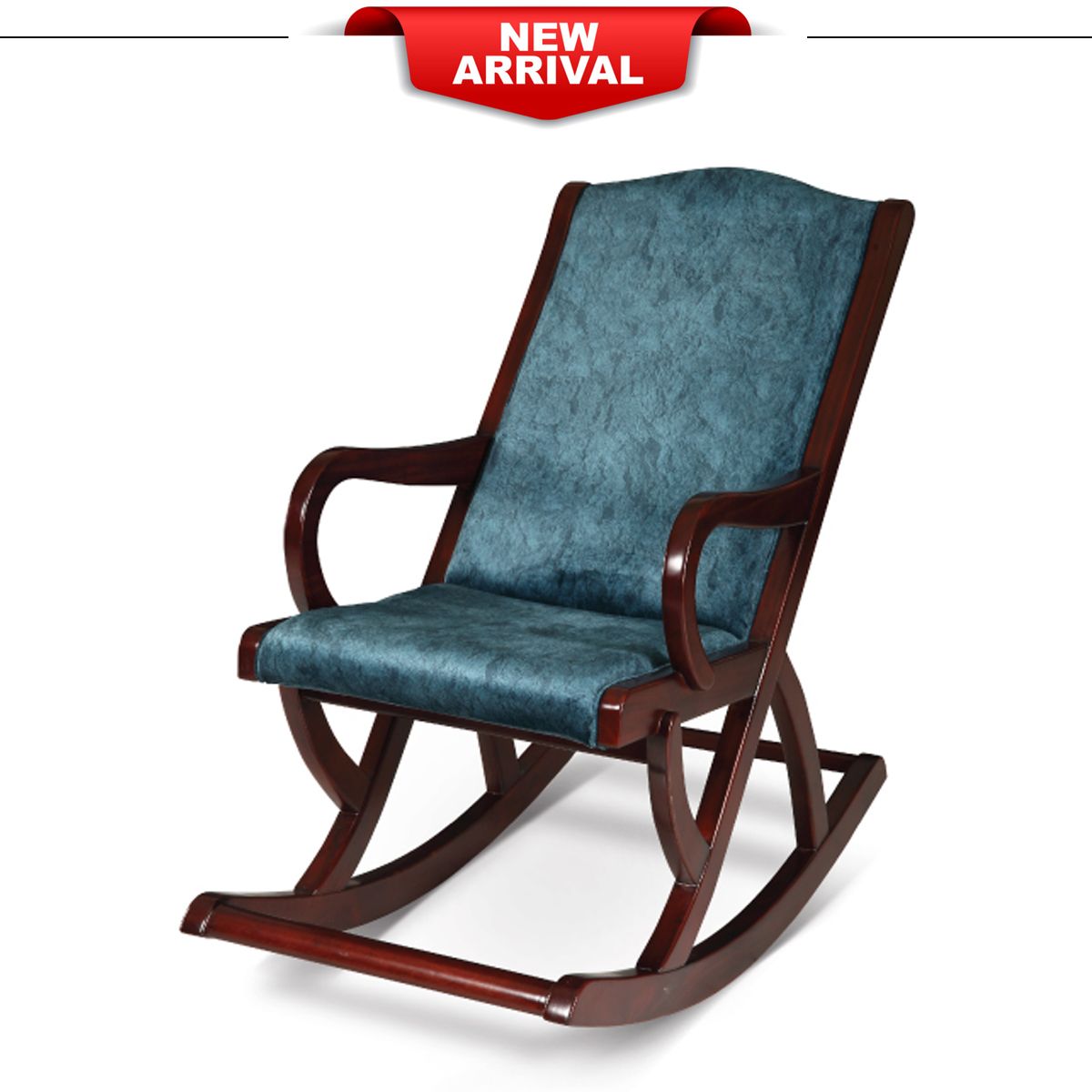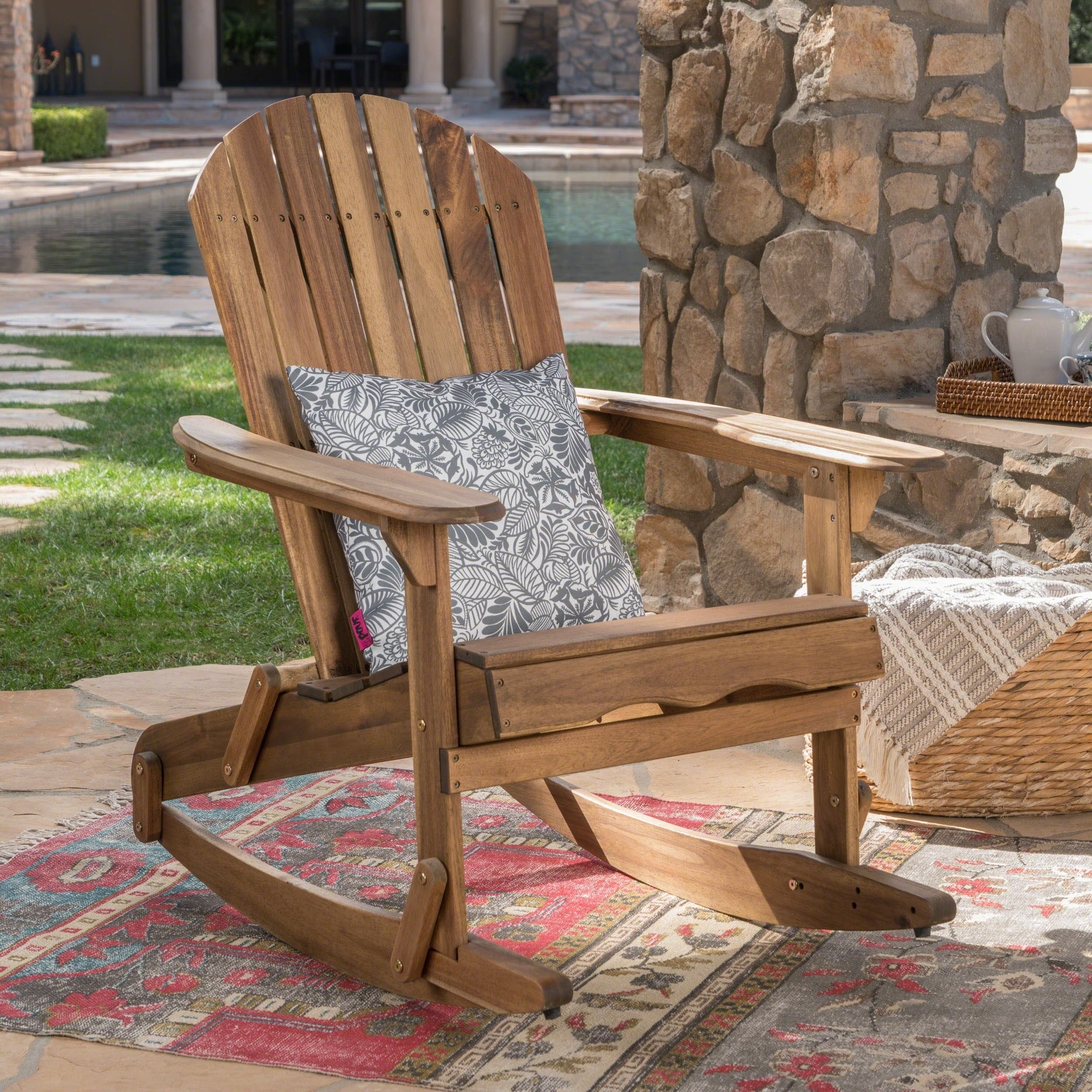The History and Legacy of John Lewis Rocking Chairs

John Lewis rocking chairs have a rich history deeply intertwined with the evolution of furniture design and the changing tastes of consumers. From their humble beginnings to their enduring popularity, these chairs have become iconic symbols of comfort, style, and enduring quality.
Origins and Early Development
The origins of John Lewis rocking chairs can be traced back to the early 20th century, when the John Lewis Partnership, a British employee-owned retail company, began to expand its product offerings. Recognizing the growing demand for comfortable and stylish furniture, John Lewis introduced its first rocking chairs, which were crafted with traditional woodworking techniques and high-quality materials. These early chairs were characterized by their simple, elegant designs, often featuring curved backs and arms for maximum comfort.
Evolution of Designs and Innovations
Over the years, John Lewis rocking chairs have undergone a significant evolution, reflecting the changing trends in furniture design and the company’s commitment to innovation. Key innovations include the introduction of new materials, such as metal and synthetic fabrics, as well as the development of more ergonomic designs that provide optimal support and comfort. For instance, in the 1950s, John Lewis introduced rocking chairs with adjustable backrests and padded seats, catering to a wider range of user preferences. The company also experimented with different finishes and upholstery options, offering a greater variety of styles to suit different tastes.
Notable Figures and Milestones
John Lewis rocking chairs have been associated with several notable figures and events throughout their history. One prominent example is the Queen Elizabeth II rocking chair, a bespoke design commissioned by the royal family in the 1950s. This chair, crafted from solid oak and featuring intricate carvings, became a symbol of British craftsmanship and royal elegance. The chair is now displayed at Buckingham Palace, a testament to the enduring quality and prestige associated with John Lewis rocking chairs. Another significant milestone was the introduction of the “John Lewis Signature” rocking chair in the 1980s. This chair, designed by renowned furniture designer David Linley, was characterized by its minimalist aesthetic and high-quality craftsmanship. It quickly became a bestseller, further solidifying John Lewis’ reputation for producing high-end, design-driven furniture.
The Features and Benefits of John Lewis Rocking Chairs

John Lewis rocking chairs are renowned for their exceptional quality, craftsmanship, and comfort. They are not just pieces of furniture; they are investments in relaxation, well-being, and a touch of timeless elegance. This section will delve into the unique features and benefits that make John Lewis rocking chairs a preferred choice for discerning homeowners.
Construction Materials and Craftsmanship
John Lewis rocking chairs are meticulously crafted using high-quality materials that ensure durability and longevity. The most common materials used include:
- Solid Wood: The frames of John Lewis rocking chairs are often constructed from solid hardwood, such as oak, beech, or walnut. These woods are known for their strength, stability, and natural beauty. Solid wood construction ensures that the chair will withstand years of use and become a cherished heirloom.
- Upholstery: The seats and backs of John Lewis rocking chairs are upholstered with premium fabrics, such as leather, linen, or cotton. These fabrics are chosen for their comfort, durability, and aesthetic appeal. They are available in a wide range of colors and patterns to suit individual preferences.
The craftsmanship of John Lewis rocking chairs is evident in every detail, from the smooth curves of the rockers to the meticulous finishing touches. The chairs are often hand-assembled by skilled artisans, ensuring that each piece is unique and built to the highest standards.
Comfort and Ergonomic Benefits, John lewis rocking chair
John Lewis rocking chairs are designed with comfort and ergonomics in mind. The gentle rocking motion provides a soothing and relaxing experience, easing tension and promoting a sense of calm.
- Posture Support: The contoured shape of the chair back provides excellent posture support, helping to maintain a healthy spinal alignment. This is particularly beneficial for individuals who spend long hours sitting.
- Circulation Improvement: The rocking motion can help to improve blood circulation, which can reduce muscle fatigue and improve overall well-being.
- Stress Reduction: The rhythmic rocking motion is known to have a calming effect on the nervous system, reducing stress and anxiety.
Styles and Options
John Lewis offers a diverse range of rocking chair styles to suit different preferences and needs.
- Traditional: Traditional rocking chairs are characterized by their classic designs, often featuring intricate carvings and a timeless aesthetic. They are perfect for adding a touch of elegance and sophistication to any room.
- Modern: Modern rocking chairs feature clean lines, minimalist designs, and contemporary materials. They are ideal for those who prefer a sleek and stylish look.
- Casual: Casual rocking chairs are designed for comfort and relaxation. They often feature plush cushions and a relaxed, informal style.
John Lewis also offers a variety of customization options, allowing customers to personalize their rocking chairs to match their individual style and needs.
The John Lewis Rocking Chair Experience

The John Lewis rocking chair isn’t just furniture; it’s an invitation to unwind, reflect, and reconnect with the simple pleasures of life. The experience begins with the first touch, the smooth, warm caress of the wood against your skin, whispering stories of craftsmanship and enduring quality.
The Sensory Symphony
As you settle into the chair, the gentle rocking motion begins, a rhythmic sway that lulls you into a state of tranquility. The sound of the chair gliding back and forth is a soothing melody, a constant, reassuring presence. The air around you seems to shift, carrying with it a sense of peace and serenity.
The Emotional Tapestry
The rocking chair has a unique ability to evoke emotions, weaving a tapestry of memories and feelings. It can transport you back to childhood, to a time of simpler days and cozy evenings spent with loved ones. The gentle rocking motion has a calming effect, easing tension and promoting relaxation. It’s a sanctuary where worries fade and thoughts flow freely.
A Legacy of Comfort
The John Lewis rocking chair is more than just a piece of furniture; it’s a symbol of comfort, tradition, and enduring quality. It’s a piece that will be passed down through generations, a reminder of the importance of slowing down, taking time to relax, and appreciating the simple things in life.
The John Lewis rocking chair, a symbol of comfort and tradition, embodies the spirit of craftsmanship that has resonated through generations. This legacy of skilled artistry finds a kindred spirit in the Stickley and Brandt rocking chairs , where timeless designs are meticulously brought to life.
Both embody a dedication to quality and enduring beauty, inviting us to pause, reflect, and appreciate the enduring power of handcrafted pieces.
The John Lewis rocking chair, with its timeless elegance, embodies a sense of quiet comfort and enduring tradition. This classic design evokes a sense of history, reminiscent of a simpler time, much like the old metal rocking chairs that graced porches and verandahs across generations.
The John Lewis rocking chair, however, with its meticulous craftsmanship and attention to detail, carries the spirit of those cherished relics into the modern age, inviting us to slow down, relax, and savor the present moment.
